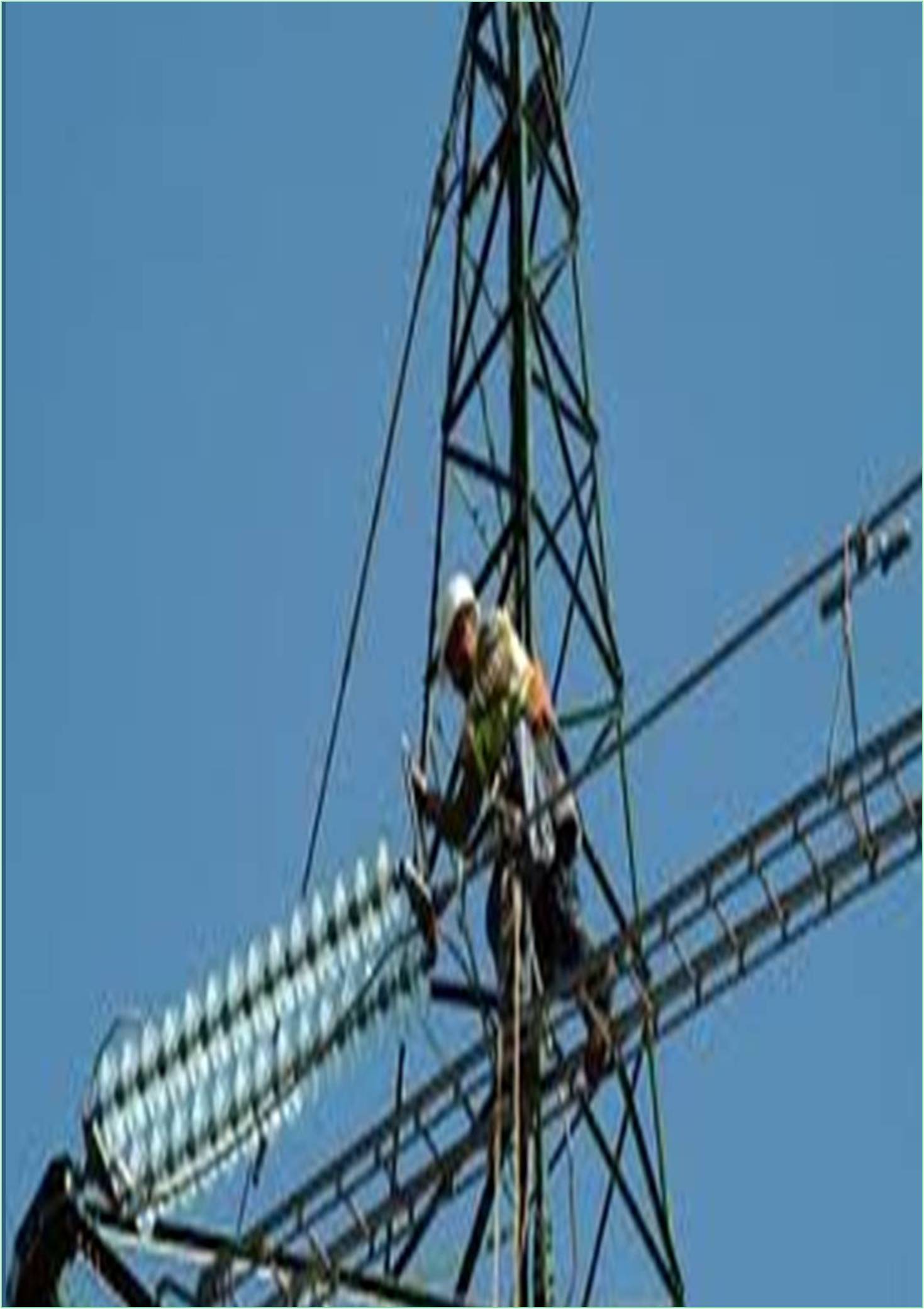



Received: 01-Feb-2022, Manuscript No. GJEE-22-60341; Editor assigned: 03-Feb-2022, Pre QC No. GJEE-22-60341(PQ); Reviewed: 17-Feb-2022, QC No. GJEE-22-60341; Revised: 21-Feb-2022, Manuscript No. GJEE-22-60341(R); Published: 28-Feb-2022, DOI: 10.15651/GJEEE.22.1.005
An induction motor is an AC electric powered motor; it’s also named as an asynchronous motor. The rotor on this motor has an electric powered modern that generates torque from an electromagnetic induction via the rotary magnetic subject inside the winding of the stator. The rotor kind inside the induction motor is a wound sort of squirrel cage. The essential traits of this motor are crawling and cogging. These are in particular befell due to the motor`s fallacious functioning this means that motor runs with much less velocity in any other case it doesn`t use the load.
Crawling and Cogging of Induction Motor
The crawling and cogging of an induction motor will now no longer cross quicker due to the fact the cogging feature of the motor will now no longer cross quicker at all & the crawling feature of this motor will forestall accelerating at a selected velocity. This acceleration may be managed via the torque inside the motor.
Cogging of Induction Motor
The stator and rotor of the induction motor encompass a fixed of slots. The quantity of those slots must now no longer be the identical due to the fact there may be a danger of the motor to forestall jogging due to the cogging feature. Due to this reason, the quantity of slots inside the rotor & rotor isn’t always equal, however, there may be an extrade for the slot frequencies which correspond via harmonic frequencies to purpose torque modulations. The slots are twisted to keep an overlap over all of the slots to lower this problem.
Methods to overcome cogging: There are exceptional strategies that may be followed to clear up the cogging problem; the quantity of slots within side the stator in addition to the rotor must now no longer equal; the association of rotor slots skewing may be performed in one of these manners that it may be angled via the rotation axis.
Crawling of Induction Motor
The second feature of an induction motor is crawling. The hole with inside the motor may be evolved with harmonic fluxes due to the magnetic subject of the induction motor. The harmonic fluxes within side the motor will create an additional torque subject. An unusual place hassle that may be befallen because of the 7th harmonic will create an ahead rotary torque magnetic subject at 1/seventh velocity of the synchronous. The most torque of the motor is simply beneath 1/7 Ns. If it’s miles excessive sufficient, then the internet torque is better compared with the torque due to the road frequency anyplace the slip at 1/7 Ns is excessive. When the synchronous velocity of the motor is beneath 1/7 then crawling can occur.
Reasons for crawling in induction motor: Crawling in an induction motor may be triggered because of a few motives which encompass the following:
• This can be caused by the presence of spatial harmonics in the air gap flux;
• The uneven distribution of the stator windings can cause harmonics in the air gap;
• Differences in air gap reluctance can be caused by the slots in the stator and rotor;
Induction motors have a high starting torque, which reduces crawl. Therefore, with proper coil span selection and slight bending of the rotor teeth, crawl and cogging of the squirrel-cage motor can be avoided. Crawl can be avoided or minimized by choosing the right combination of stator and rotor slots.
So this is an overview of crawl and cogging for asynchronous motors. Crawl of this motor can occur in the rated speed range, but cogging of this motor can occur if the number of stator slots is some of the important rotor slots.